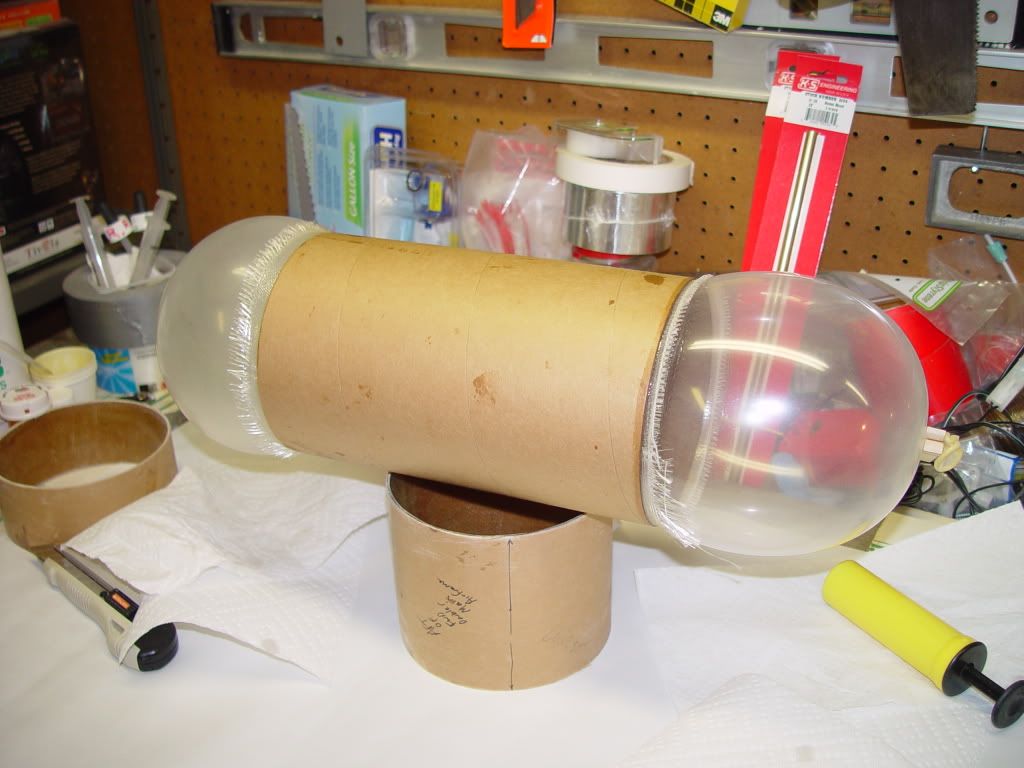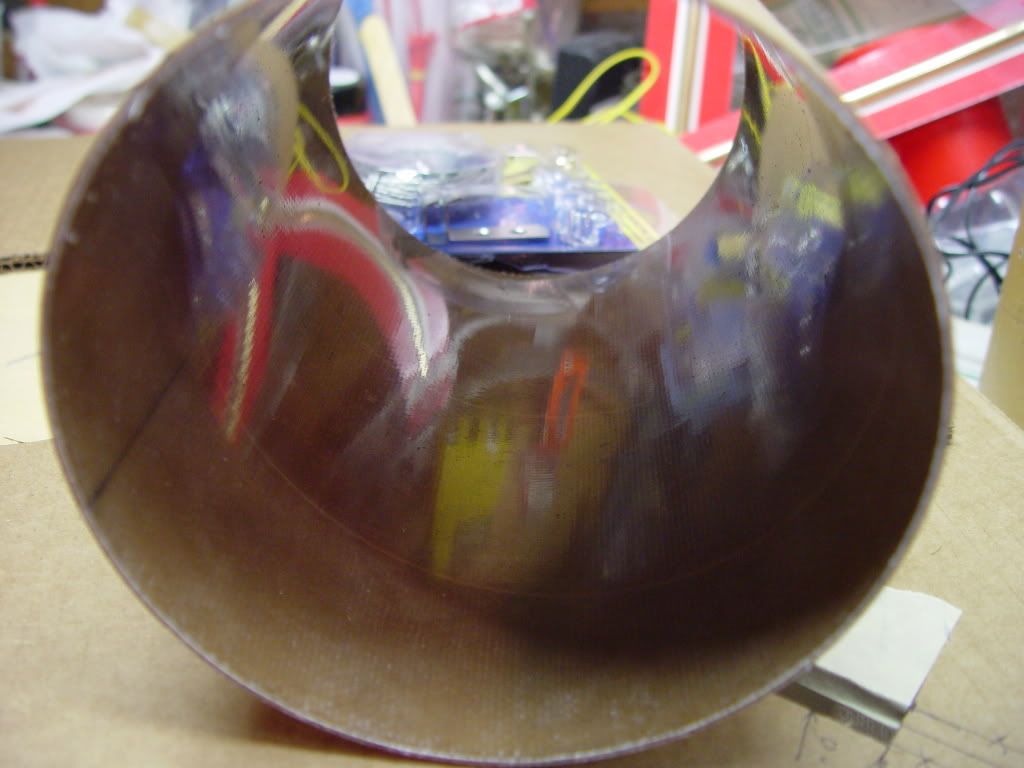Thought I would post a few photos here to show that the Jayhawk design is ubiquitous. (I just learned what that word means, so now I use it everywhere.) These Jayhawks (and variants) should rightfully have been mentioned following post #49, the Jayhawk "family photo" of 26 Jun 2010.
(a) The first photo is Marty Vrstal's 4" JayHawk, featured on the cover of the September/October 2009 edition of "Sport Rocketry". Marty's excellent scale Jayhawk won the inaugural High Power Rocketry Upscale Competition at the NAR National Sport Launch in May 2009, by winning the popular vote (in the morning) AND having a perfect flight (in the afternoon), on a Cesaroni J285.
(b) In 1959, the US Navy and US Air Force issued a joint request for a new high-speed expendable target. Beechcraft won the competition, and the result was a small delta-winged drone with wingtip fins and a liquid-fuel rocket motor, now known as the "AQM-37". The production AQM-37A Jayhawk entered service with the US Navy in 1963. The AQM-37C is the current variant. (source - Greg Goebel / public domain)
(c) The third photo is an Air Force AQM-81A Firebolt, The Firebolt was based on the AQM-37, but used a throttleable hybrid rocket motor. The AQM-81 test program was completed in 1984. No follow-on contract for Firebolt production was awarded, presumably because it was significantly more expensive than the simpler expendable AQM-37. (source - Andreas Parsch). (I personally like their recovery system, a big net.)
(d) The XB-70 Valkyrie was a prototype bomber for the USAF. Designed in the late 1950s, it was a large six-engined aircraft able to fly Mach 3+ at an altitude of 70,000 ft (21,000 m), which would have allowed it to avoid interceptors, the only effective anti-bomber weapon at the time. Two XB-70 prototypes were built. The introduction of effective high-altitude surface-to-air missiles led to the cancellation of the B-70 program in 1961. The XB-70A aircraft were used in supersonic test flights from 1964 to 1969, performing research for the design of large supersonic aircraft. One prototype crashed following a midair collision in 1966; the other is on display at the National Museum of the United States Air Force in Ohio. (source - Wikipedia)
(e) Fireball XL5 was a science fiction-themed television show following the missions of spaceship Fireball XL5, commanded by Colonel Steve Zodiac of the World Space Patrol. The show aired on NBC from 1963 through September 1965, and featured Gerry Anderson's Supermarionation. Thirty-nine black and white half-hour episodes were made on 35mm film: all future Anderson series would be produced in color. (source - Wikipedia)
(f) Not pictured here due to the 5 picture limit of the forum, is the full-size Jayhawk, built and flown by Dirk and Erik Gates of Gates Brothers Rocketry. (It is pictured in post #31, 15 April 2010.) The brothers and their rocket are the inspiration for this project. You are missed, Erik.









































